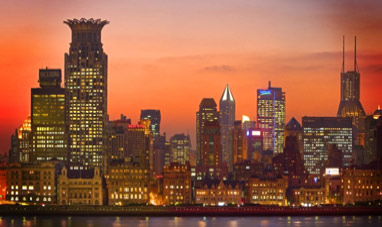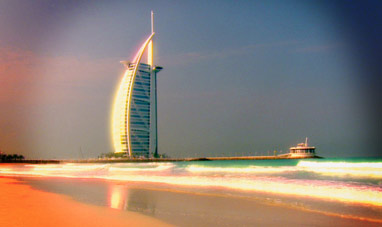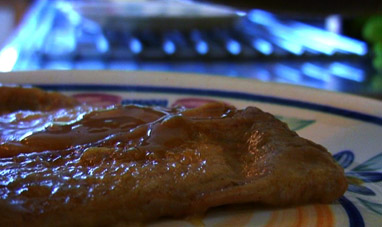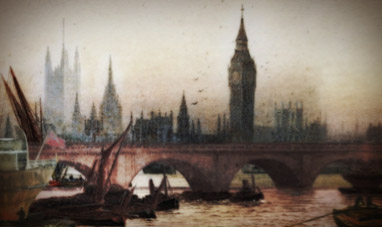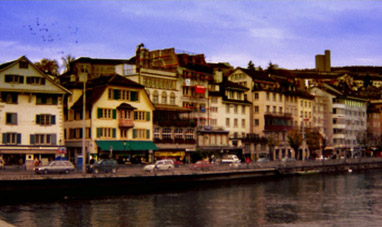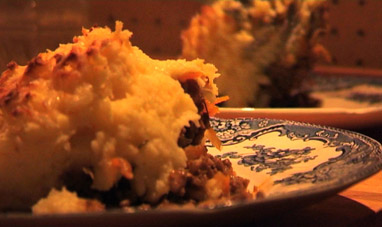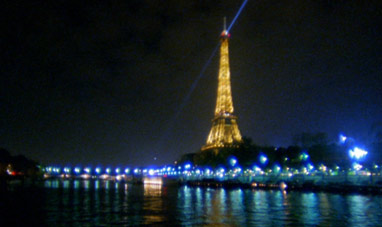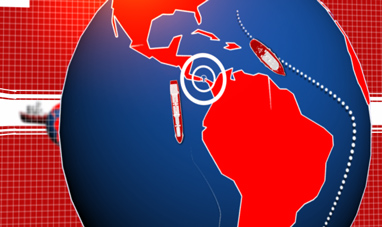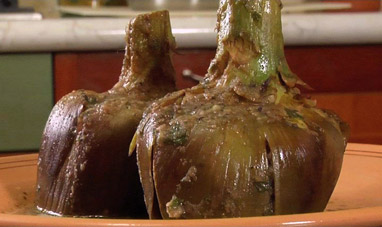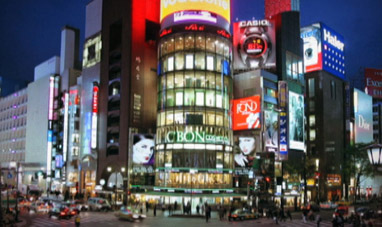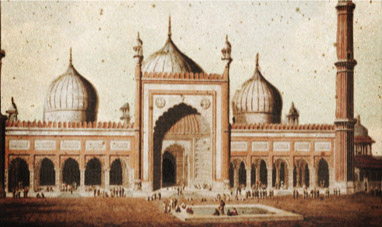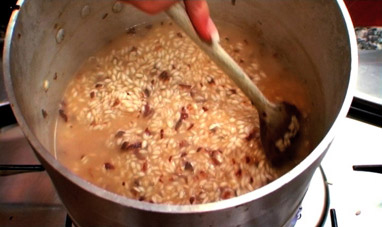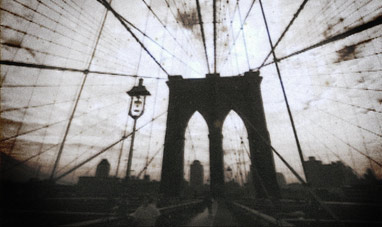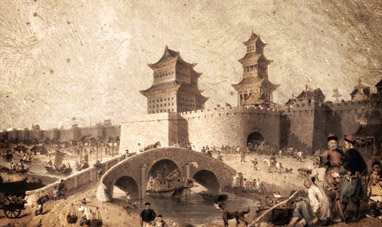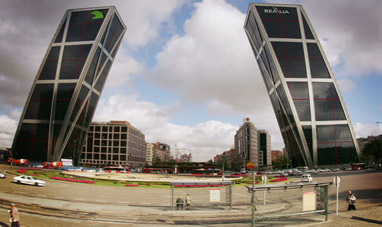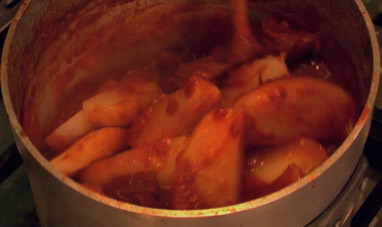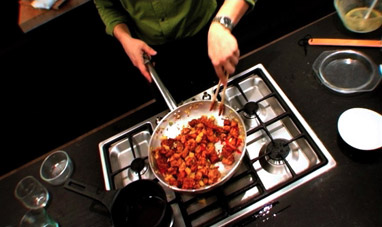Rio de Janeiro is one of the most important cities in Brazil. It is the capital of the state of Rio de Janeiro, one of the 27 different states that make up the Federal Republic of Brazil.
The city is located on Guanabara Bay, in the southern half of the country.
Portuguese explorers were the first Europeans to reach this part of the world, making landfall on January 1, 1502. They incorrectly assumed that the bay lay at the mouth of a river, and therefore named it “Rio de Janeiro,” or January River.
Portuguese nobleman Estácio de Sá founded a city there on March 1, 1565, naming it São Sebastião do Rio de Janeiro in honor of his king, Sebastian I.
The city occupied a strategic crossroads for ships traveling between Portugal, the East Indies, the Americas and Africa. It quickly developed into a wealthy center of commerce.
In 1720, gold was discovered in the region north of Rio. This discovery increased the city’s political and economic stature so much that in 1763 it became the administrative seat for Portuguese colonies in the Americas.
In 1807, French leader Napoleon invaded Portugal. The Portuguese royal family fled to Rio along with its court.
The city thus acquired the status of a European capital—albeit one far from Europe.
During this period Rio imported the Parisian tradition of celebrating Carnival with masked balls. Inhabitants of the South American city soon made the celebration their own, adding local dances and music like the samba, distinguished by its syncopated rhythm.
In 1822, Brazil gained independence and made Rio its capital. The city remained the seat of government until the country became a republic in 1889.
The Archdiocese of Rio began a fundraising campaign in 1921 for a religious monument to be erected on top of Mount Corcovado.
Brazilians supported the initiative, and their funds helped erect Christ the Redeemer in 1931. The 38-meter-tall statue of Jesus was created by French sculptor Paul Landowski. It was inaugurated on October 12 of that year.
Italian physicist Guglielmo Marconi, who helped develop shortwave radio, rigged a setup that allowed Christ the Redeemer to be lit thanks to a signal arriving all the way from Rome.
Rio’s population increased at a tremendous rate throughout the 20th Century as laborers moved there from the countryside. However, steep mountainous hills like Corcovado hindered the city’s expansion, and Rio began to seem ill suited to the needs of a modern capital.
In 1956, work began on the construction of a new capital called Brasilia. The project came to a close four years later, and in 1960 Rio was replaced by the new city.
Nevertheless, Rio de Janeiro remains an important commercial center. With a population of more than six million, it is Brazil’s second-largest city after San Paolo.
Its population boom has not come without problems, such as the rampant spread of favelas, poor workers’ quarters with high crime rates.
The city is located on Guanabara Bay, in the southern half of the country.
Portuguese explorers were the first Europeans to reach this part of the world, making landfall on January 1, 1502. They incorrectly assumed that the bay lay at the mouth of a river, and therefore named it “Rio de Janeiro,” or January River.
Portuguese nobleman Estácio de Sá founded a city there on March 1, 1565, naming it São Sebastião do Rio de Janeiro in honor of his king, Sebastian I.
The city occupied a strategic crossroads for ships traveling between Portugal, the East Indies, the Americas and Africa. It quickly developed into a wealthy center of commerce.
In 1720, gold was discovered in the region north of Rio. This discovery increased the city’s political and economic stature so much that in 1763 it became the administrative seat for Portuguese colonies in the Americas.
In 1807, French leader Napoleon invaded Portugal. The Portuguese royal family fled to Rio along with its court.
The city thus acquired the status of a European capital—albeit one far from Europe.
During this period Rio imported the Parisian tradition of celebrating Carnival with masked balls. Inhabitants of the South American city soon made the celebration their own, adding local dances and music like the samba, distinguished by its syncopated rhythm.
In 1822, Brazil gained independence and made Rio its capital. The city remained the seat of government until the country became a republic in 1889.
The Archdiocese of Rio began a fundraising campaign in 1921 for a religious monument to be erected on top of Mount Corcovado.
Brazilians supported the initiative, and their funds helped erect Christ the Redeemer in 1931. The 38-meter-tall statue of Jesus was created by French sculptor Paul Landowski. It was inaugurated on October 12 of that year.
Italian physicist Guglielmo Marconi, who helped develop shortwave radio, rigged a setup that allowed Christ the Redeemer to be lit thanks to a signal arriving all the way from Rome.
Rio’s population increased at a tremendous rate throughout the 20th Century as laborers moved there from the countryside. However, steep mountainous hills like Corcovado hindered the city’s expansion, and Rio began to seem ill suited to the needs of a modern capital.
In 1956, work began on the construction of a new capital called Brasilia. The project came to a close four years later, and in 1960 Rio was replaced by the new city.
Nevertheless, Rio de Janeiro remains an important commercial center. With a population of more than six million, it is Brazil’s second-largest city after San Paolo.
Its population boom has not come without problems, such as the rampant spread of favelas, poor workers’ quarters with high crime rates.



